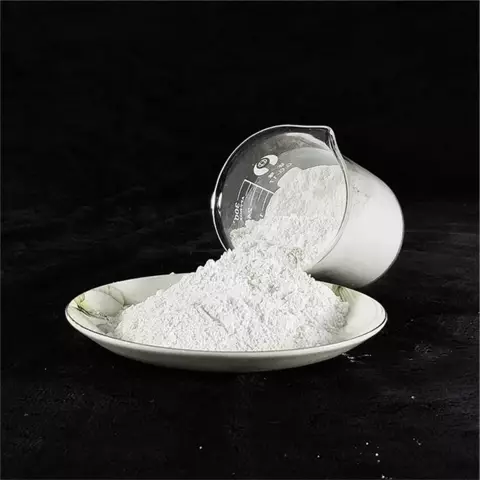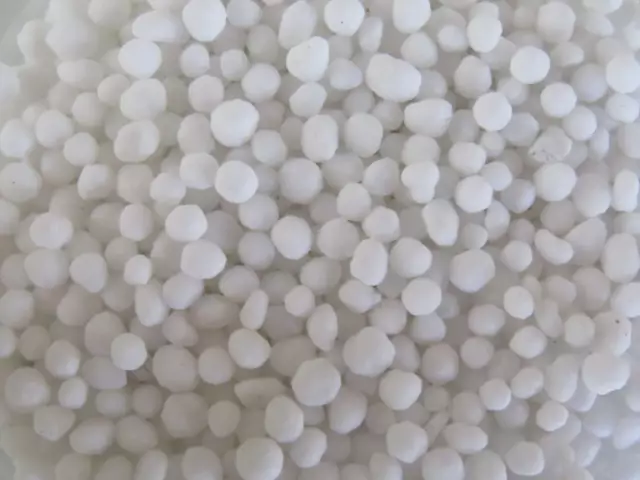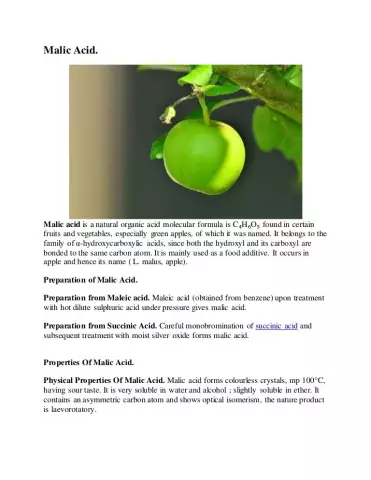- Author Rachel Wainwright [email protected].
- Public 2023-12-15 07:39.
- Last modified 2025-11-02 20:14.
Orthophosphoric acid

Phosphoric acid is a medium-strength inorganic acid.
Its chemical formula is H3PO4, and its designation as a food additive is E338.
Orthophosphoric acid is a colorless hygroscopic crystals readily soluble in water (as a rule, phosphoric acid is called its 85% solution).
Getting orthophosphoric acid
Getting orthophosphoric acid occurs:
- Hydrolysis of phosphorus pentachloride;
- Phosphate;
- The interaction of phosphorus (V) oxide with water.
Phosphoric acid properties
The main property of orthophosphoric acid is its effect on the acid-base balance of the body, which leads to an increase in acidity.
High acidity increases the risk of many diseases, including tooth decay and early osteoporosis.
Another property of phosphoric acid (in high concentrations) is its ability to cause burns. Vapors of this acid can cause nosebleeds and atrophic processes in the nasal mucosa, and in some cases can lead to tooth decay and a change in the blood formula.
Reaction between phosphoric acid
The interaction of phosphoric acid occurs with:
- Metals;
- Basic oxides;
- The grounds;
- Ammonia;
- Salts of weak acids.
The use of phosphoric acid
Phosphoric acid is widely used for various purposes:
- For removing rust from metal surfaces. It also helps to further prevent the formation of corrosion;
- As a flux for soldering;
- In agriculture - for the production of mineral fertilizers;
- As part of freons (in industrial freezers);
- For research in molecular biology;
- In the production of household synthetic cleaning agents, detergents and softeners;
- In the aviation industry (in the composition of hydraulic fluids).
The use of phosphoric acid in medicine

Orthophosphoric acid is widely used in dentistry for filling teeth. She is used to etch tooth enamel before the procedure.
The main difficulty is the impossibility to control the depth and degree of demineralization of dentine and enamel, as well as its complete removal before the start of filling. Phosphoric acid residues can lead to a decrease in bond strength and the formation of an "acid mine".
Orthophosphoric acid is also used in small amounts in tooth whiteners.
The use of phosphoric acid (E338) in the food industry
E338 (orthophosphoric acid) belongs to the group of antioxidants - additives that protect food from oxidation and discoloration.
Phosphoric acid is used to acidify food and beverages. It provides a spicy or sour taste. It is distinguished from natural acidifiers, for example, citric acid, by its low cost and ease of production, which allows it to be widely used in the manufacture of:
- Baking powders;
- Processed cheeses;
- Sausages;
- Sahara;
- Flavored drinks - Coca-Cola, Pepsi-Cola, Sprite.
Although phosphoric acid as a food additive is approved for use in most countries, many studies have shown its harmful effects on the body. So, it disrupts the acid-base balance, increasing its acidity. This can provoke the development of various diseases, such as caries and osteoporosis.
Frequent use of phosphoric acid in various foods can cause digestive disorders - vomiting, nausea. Also, long-term use of products with this dietary supplement can lead to aversion to food and weight loss.
Found a mistake in the text? Select it and press Ctrl + Enter.






